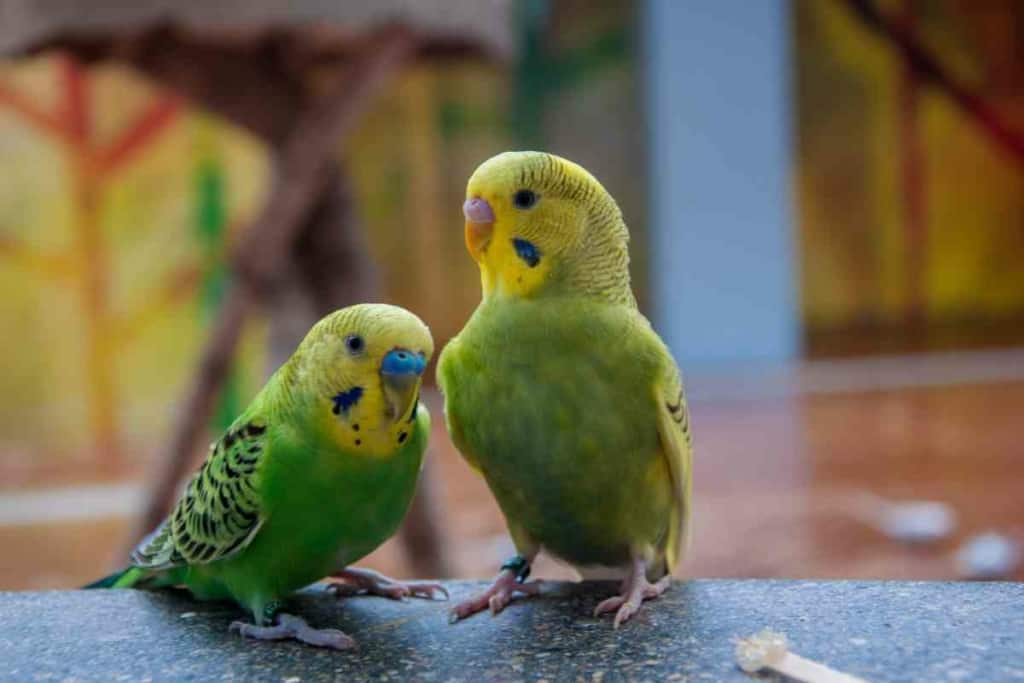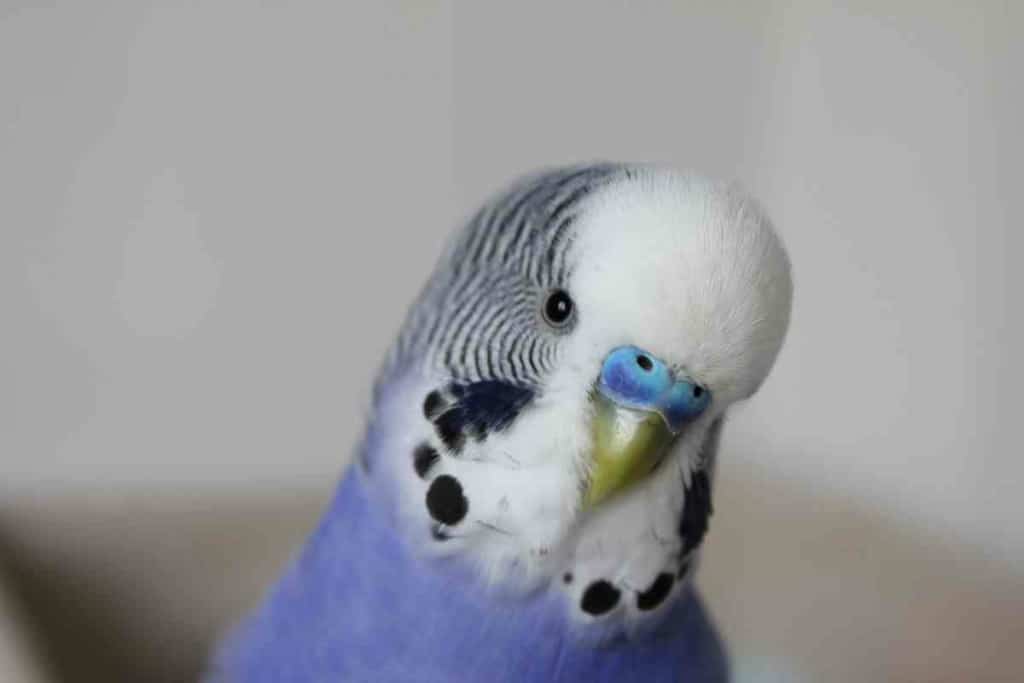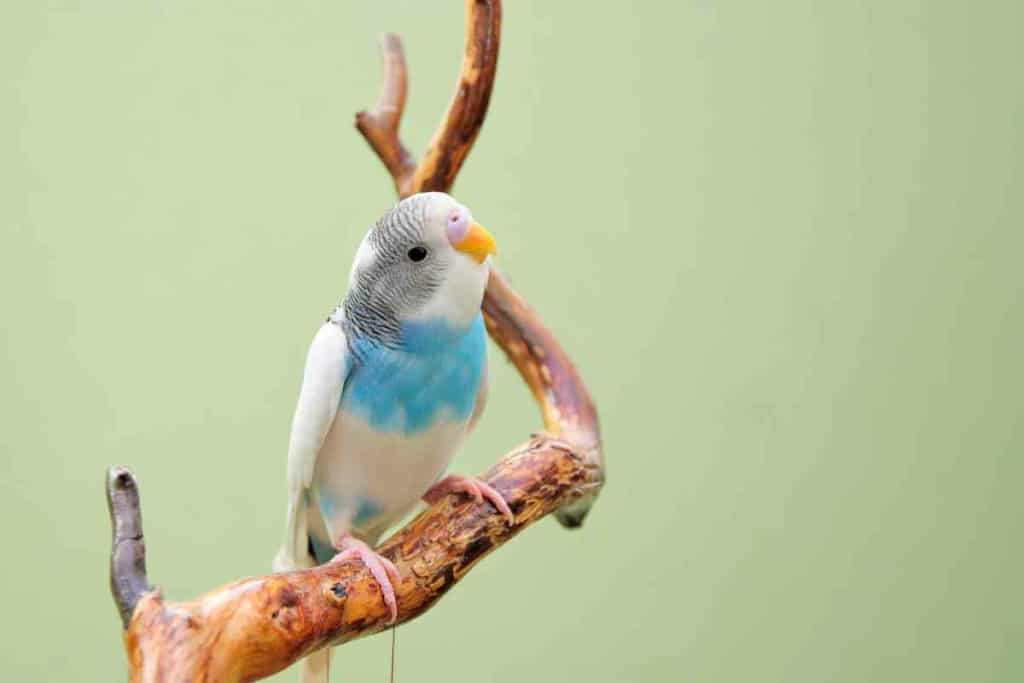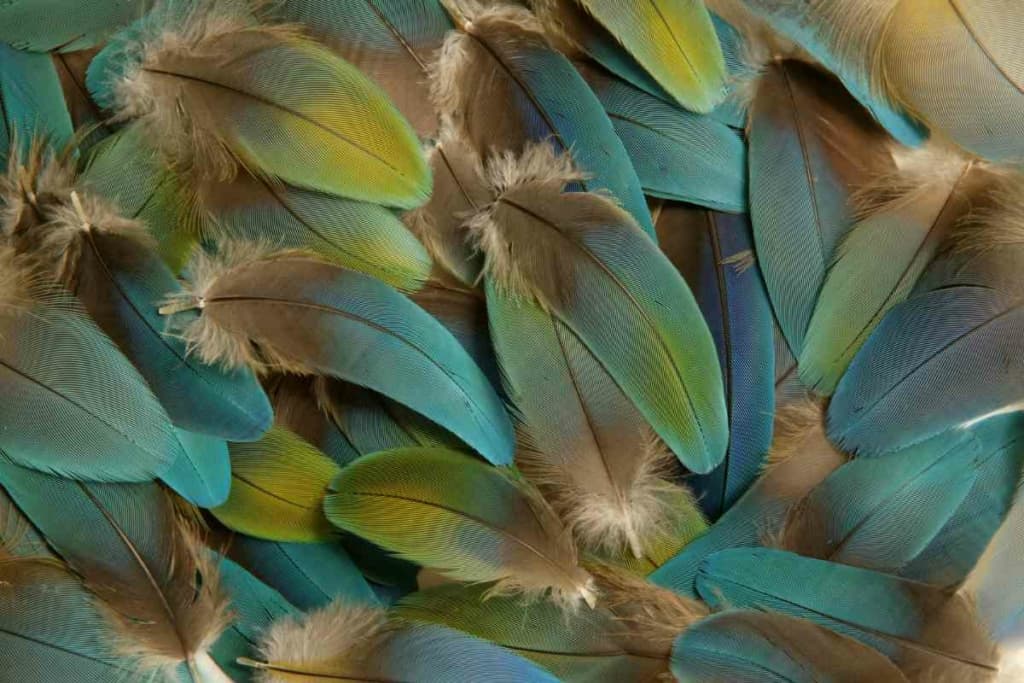Here’s When Budgies Molt Their Feathers & How You Can Help
Budgies are one of the rarest breeds of birds, admired for their many unique features and abilities. Those who aspire to own them often wonder when budgies molt their feathers.

When Do Budgies Molt?
Budgies molt their feathers usually twice a year. However, the molting season may differ from one geographical region to another. This process of molting is natural and gradual, during which old and worn-out feathers are replaced.
However, it is vital that owners understand this process and why it occurs to give their budgies proper care, time, and attention during this period.
Here we will go over this unique phenomenon, discussing how budgies molt their feathers and precisely why they do so.
What is Molting of Feathers?
The process of molting is characterized by the shedding of old feathers and their gradual replacement with new ones. This is a gradual process that takes place over the course of several weeks.
During this time, you may notice your budgie losing more feathers than usual. This is perfectly normal and nothing to be alarmed about.
In fact, it is a sign that your budgie is healthy and going through the molting process as it should.
As the old feathers start to loosen, new feathers begin to grow underneath. These new feathers are called “pinnae,” and they push the old feathers out.
The pinnae eventually harden and become functional feathers. This entire process can take anywhere from a few weeks to a few months, depending on the bird and the extent of the molt.
In the molting season, these pets will often appear scruffy and unkempt. This is due to the fact that molting is a stressful time for birds, and they often don’t have the energy to keep up with their normal grooming routines.
Once the molt is complete, though, birds will be back to their usual pristine selves!
There are two types of molting:

Partial Molting
This is when only a few feathers are shed at a time. This type of molting usually occurs more frequently than a full molt and is nothing to be concerned about.
Full Molting
A full molt is when the budgie loses all its feathers at once and replaces them with new ones. This usually happens once or twice a year, depending on the geographical region.
During a full molt, your budgie will be completely bald for a short period of time. Don’t worry; this is perfectly normal! They will start to grow their new feathers within a few weeks.
When Do Budgies Molt Their Feathers?
Budgies typically molt in the spring and fall. This is due to the change in weather during these times of the year. The spring molting season usually lasts from March to May, while the fall molting season occurs from September to November.
During the spring molting season, budgies will shed their old feathers and grow new ones. This process helps the budgie to regulate its body temperature. In the fall, budgies molt to replenish their supply of feathers.
This is because they lose a lot of feathers during the summer months due to heat stress.
How Do Budgies Molt Their Feathers?

The process of molting is actually quite simple. It starts when the budgie produces a new feather inside the follicle.
As the new feather grows, it pushes the old one out. This is what causes the feathers to fall out. During a partial molt, only a few feathers will be shed at a time. However, during a full molt, all of the feathers will be shed at once.
While your budgie is molting, you may notice that its feathers appear ragged and uneven. This is completely normal and nothing to worry about. As the molting process progresses, your budgie’s new feathers will start to come in.
These new feathers will be shorter than the old ones at first, but they will eventually grow to the same length. Once your budgie has completed molting, its feathers will be shiny and healthy.
Your budgie will also have a renewed energy level and appetite.
How Will My Budgie Behave During Molting Season?
During molting season, you may notice some changes in your budgie’s behavior. For instance, your budgie may become more subdued than usual and spend more time preening itself. It may also sleep more than usual and seem less interested in playing.
These are all perfectly normal behaviors and nothing to be concerned about. Your budgie is simply conserving its energy so that it can molt successfully.
Your budgie will also lose its appetite during molting. This is because the process of growing new feathers uses a lot of energy. It is important to make sure your budgie has access to fresh, clean water during this time.
You may also want to offer your budgie some chopped vegetables or fruit to help it get the nutrients it needs.
They’ll also likely be lethargic and not want to move around much, and their eating habits will change. Again, these are all natural behaviors associated with molting and nothing to be alarmed about.
How to Look After My Budgie during the Molting Season?

Now that you know how budgies molt their feathers and why they do so, it’s important to learn how to properly care for them during a molt. Here are a few tips:
First, make sure your budgie has access to fresh, clean water at all times. It is also important to offer your budgie some chopped vegetables or fruit to help it get the nutrients it needs.
Second, provide your budgie with a high-quality diet. A diet that is rich in protein will help your budgie grow new feathers quickly.
Third, keep your budgie’s cage clean. This is important for two reasons. First, it will help prevent your budgie from getting sick. Second, it will provide your budgie with a clean and comfortable place to molt.
Fourth, avoid handling your budgie too much during the molting season. This is because the process of growing new feathers is very stressful for them.
If you must handle them, be sure to do so gently and carefully.
Finally, give your budgie plenty of time to rest and recuperate. The molting process can be quite exhausting, so it’s important to give your budgie some time to recover before returning to its normal activities.
Why Do Budgies Molt?
There are a few different reasons why budgies might molt their feathers.
Seasonal changes
In many cases, molting is simply a response to the changing seasons. As the days get shorter and the weather gets colder, birds will start to grow their winter feathers.
These feathers are often thicker and more insulating than the summer feathers, which helps birds stay warm during the colder months.
Around the time of breeding
Molting can also be triggered by the onset of the breeding season. For example, many male birds will molt into their brightest, most colorful feathers just before the breeding season begins. This is thought to help them attract mates.
Injury or illness
If a bird is injured or sick, it might start to molt in an effort to replace the damaged feathers.
Stress
In some cases, molting can be a response to stress. This is most common in captive birds, as they may molt in response to changes in their environment or diet.
Other reasons for molting include:
- The process of growing new feathers uses a lot of energy.
- Budgies molt to get rid of old, damaged, or dirty feathers.
- Molting helps the budgie to regulate its body temperature.
- Budgies molt to replenish their supply of feathers.
- Molting is a way for budgies to renew and refresh their plumage.
Key Takeaways
- Molting is a normal process that all budgies go through twice a year – during spring and fall season due to the change in weather.
- However, it is important to be aware of the signs of molting so that you can take proper care of your budgie during this time.
- If your budgie is molting more than usual, it is vital to take them to a vet just in case they may be unwell.
